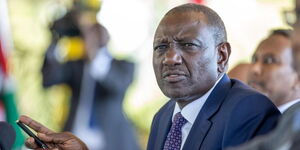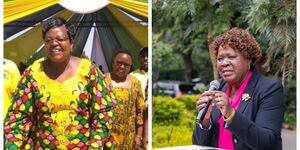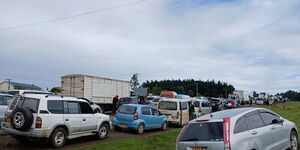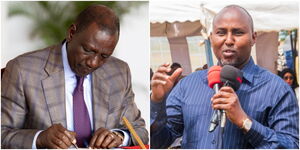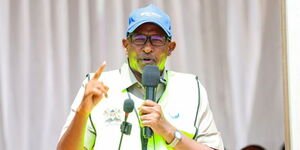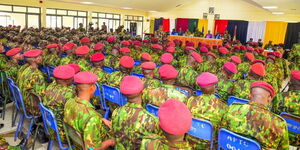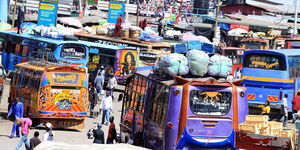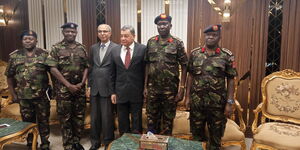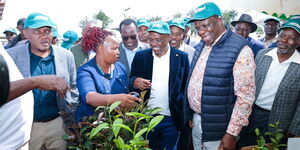Kenya's modern day democracy can be traced back to early 1960s when rebellion started cropping up in the post-independence government.
In the years following Kenya's attainment of self independence and self rule, a group of rebels dissatisfied by the government of then President, Mzee Jomo Kenyatta, started creating internal power wrangles.
The country was then under the leadership of the Kenya African National Union (KANU) and Mzee Jomo Kenyatta had a firm grip on the country's politics.
However, this was not to last. In early 1960s, a series of by-elections, that would later be known as the Little General Election, would be held.
The Little General Election stemmed from a strong challenge from then Vice President, Oginga Odinga, and powerful Cabinet Minister, Tom Mboya, whose influences posed a threat to the Presidency of Mzee Kenyatta.
In a bid to consolidate power, Mzee Kenyatta wooed Mboya to his camp and sought to stem out Odinga from the government.
This led to various constitutional amendments that saw Mboya and then Attorney General, Charles Njonjo, table in Parliament a raft of changes that would increase presidential powers.
The first amendment happened in 1964 and saw Kenya become a republic and the President gain ultimate power by controlling both the country and the government. This led to the modern title of Head of State and Government given to the President.
The bid against Odinga grew as Kenya African Democratic Union (KADU) joined KANU. Further, coups instituted by Mboya against Odinga's allies were carried out. The positions were filled by eight provincial Vice President posts.
Relentless to counter the government's political arsenal, Odinga resigned from KANU in April 1966 and formed the Kenya People Union (KPU).
Branded as the new party aimed at advocating for new policies, Odinga gained favour in the eyes of the people and political figures. This saw 29 Members of Parliament defect from KANU to join the Odinga-linked party.
In a bid to flex its muscle, the ruling party passed another constitutional amendment requiring the lawmakers who defected from KANU to resign and seek re-election, which eventually led to a planned election in 1966. The mini polls would later be known as The Little General Election.
Reports indicated that KANU had forged a plan to counter Odinga's growing influence. The process of legal registration of KPU was delayed until the nomination day.
Candidates were also denied licenses to hold rallies. In order to ramp up their craft, the government's sole broadcaster, Voice of Kenya, now Kenya Broadcasting Corporation (KBC), gave Odinga and his allies a total media blackout.
During the 1966 election process, KANU defeated KPU by winning 21 out of the 28 seats in the House of Representatives. In the Senate, KANU also emerged victorious with 8 out of 10 seats.

